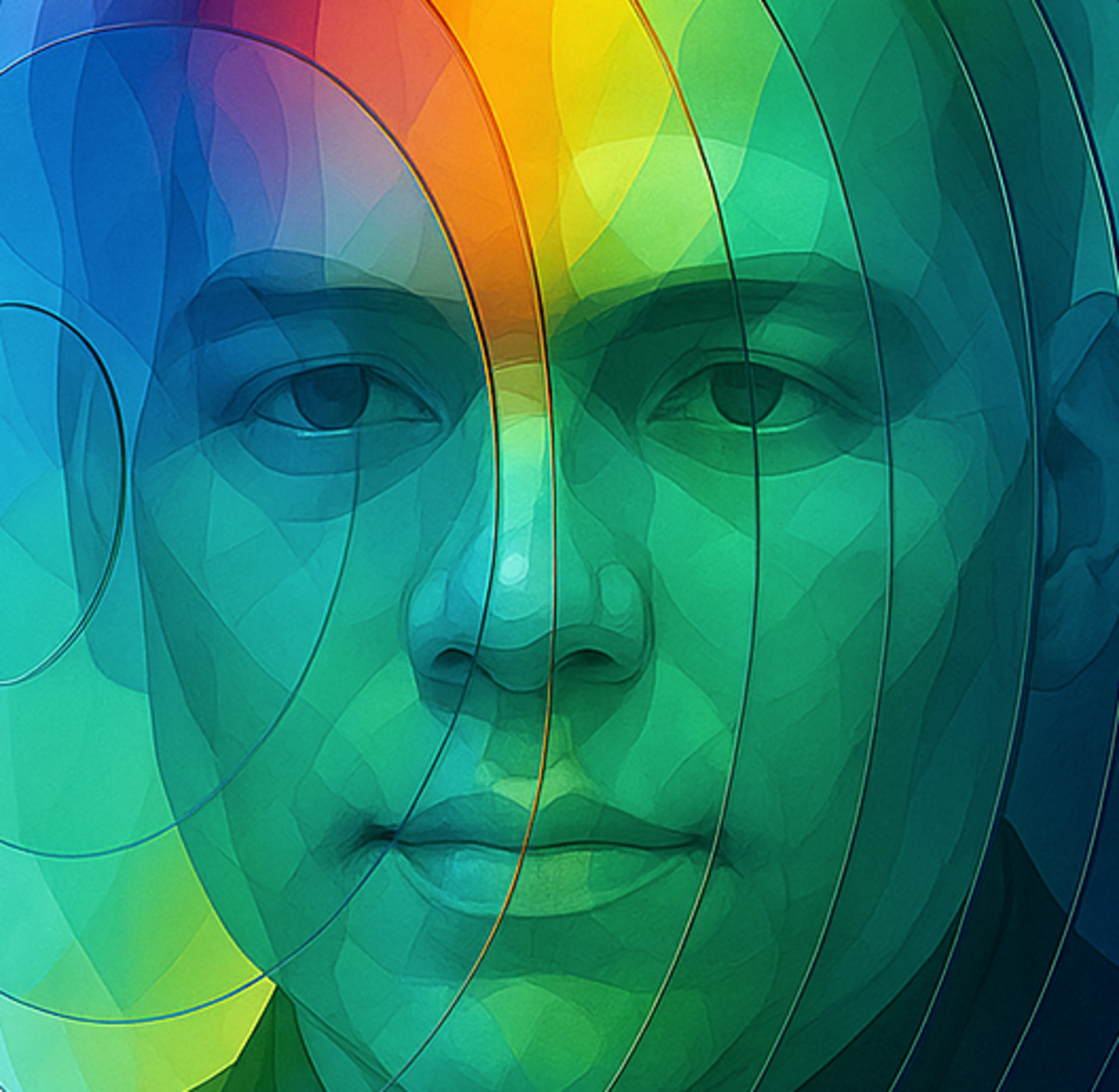- Pascal's Chatbot Q&As
- Archive
- Page 84
Archive
Asking AI whether digital infrastructure should be more expensive to an end user than the valuable knowledge that can either be accessed via that infrastructure or is traveling across it.
If we argue that valuable knowledge should be free, it's indeed logical to question whether the infrastructure enabling access to that knowledge should also be free, or at least highly affordable.

All stakeholders—schools, educators, policymakers, technology developers, and community members—can leverage the findings from the Tutor CoPilot study to improve educational outcomes.
Especially in underserved areas. Here’s how each group could utilize the insights from Tutor CoPilot and the strategies they might consider.

As LLMs become more advanced, it’s increasingly difficult to tell if a text was written by a human or generated by AI. Watermarking helps in identifying AI-generated text to prevent misuse.
It is not foolproof. Techniques like paraphrasing, editing, adversarial attacks, translation, and legal resistance could undermine its effectiveness.

Asking for AI's perspective on Marc Andreessen's plea for free access to valuable knowledge. Grok: Innovation thrives not just on freedom but also on the structures that reward it.
Ultimately, agreeing with Andreessen's stance on the importance of openness in AI leads to supporting the idea that basic digital infrastructure should be as accessible as possible.

GPT-4o: The European Commission and EU Member States should implement a set of targeted measures and clear requirements for AI makers...
...to address these grievances and build a balanced AI framework that supports both innovation and the rights of creators, ensuring AI companies operate transparently and fairly.

GPT-4o: To minimize uncertainty for creators and industries, the Copyright Office should publish interim findings if full reports are delayed.
Providing at least partial insights on key issues such as copyrightability of AI-generated works, the use of copyrighted material in AI training & liability for AI output, would offer immediate value

GPT-4o: The report argues that LLMs can sometimes "memorize" parts of the original text used in training, which can lead to the model reproducing significant portions of copyrighted content verbatim.
This challenges the common assumption that AI doesn’t store actual text but only "learns" language patterns. AI models may contain "translations" of copyrighted texts, making them subject to copyright

Liability for copyright infringement could extend beyond users to developers & providers of AI models. Article discusses "plagiaristic outputs" and doubts "fair use" applicability.
Traditionally, liability has often rested with end-users, but this stance suggests that providers could also be held accountable, particularly under UK & EU laws. AI output’s market impact is crucial.

GPT-4o: If the court finds Lendistry’s practices unlawful, it could create stricter standards for data privacy, especially regarding AI-powered systems that collect or analyze sensitive information.
Companies may be required to obtain more explicit and detailed user consent, especially when using AI to monitor or analyze user behavior.

AI as the ultimate editor: Modern society is increasingly curated to reflect and advance particular narratives, dynamically adjusted to meet the evolving objectives...
...of those who control information flow. With AI, this societal "movie" can now be modified retroactively, allowing for seamless, undetectable revisions that influence public perception and memory.

GPT-4o: A "LinkedIn for AI" - where each model has a public profile detailing its training, error rate, and limitations - is an excellent idea for AI governance & applications involving public trust.
The more transparency users and developers have about the model's training data, error rates, and performance across different tasks, the better equipped they are to responsibly deploy these models.

GPT-4o: Given the issues with algorithmic biases that contributed to the broader Dutch benefits scandal, robust oversight and ethical guidelines are essential...
...to ensure fair, responsible, and effective AI application within the Commission for Actual Damages. Perplexity: AI is not a panacea and comes with its own set of challenges and limitations.












